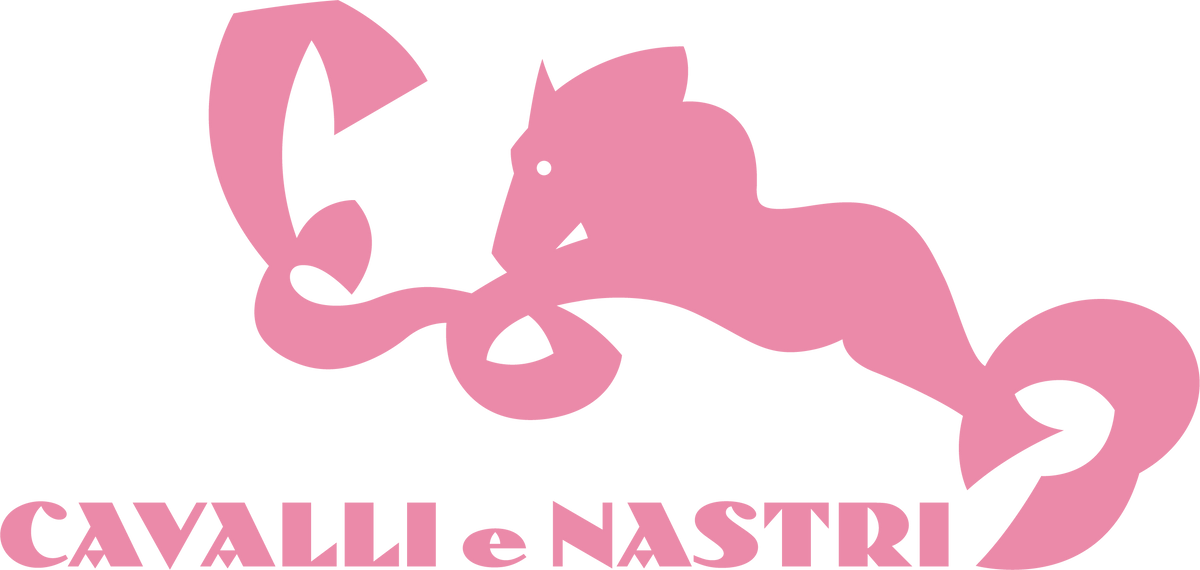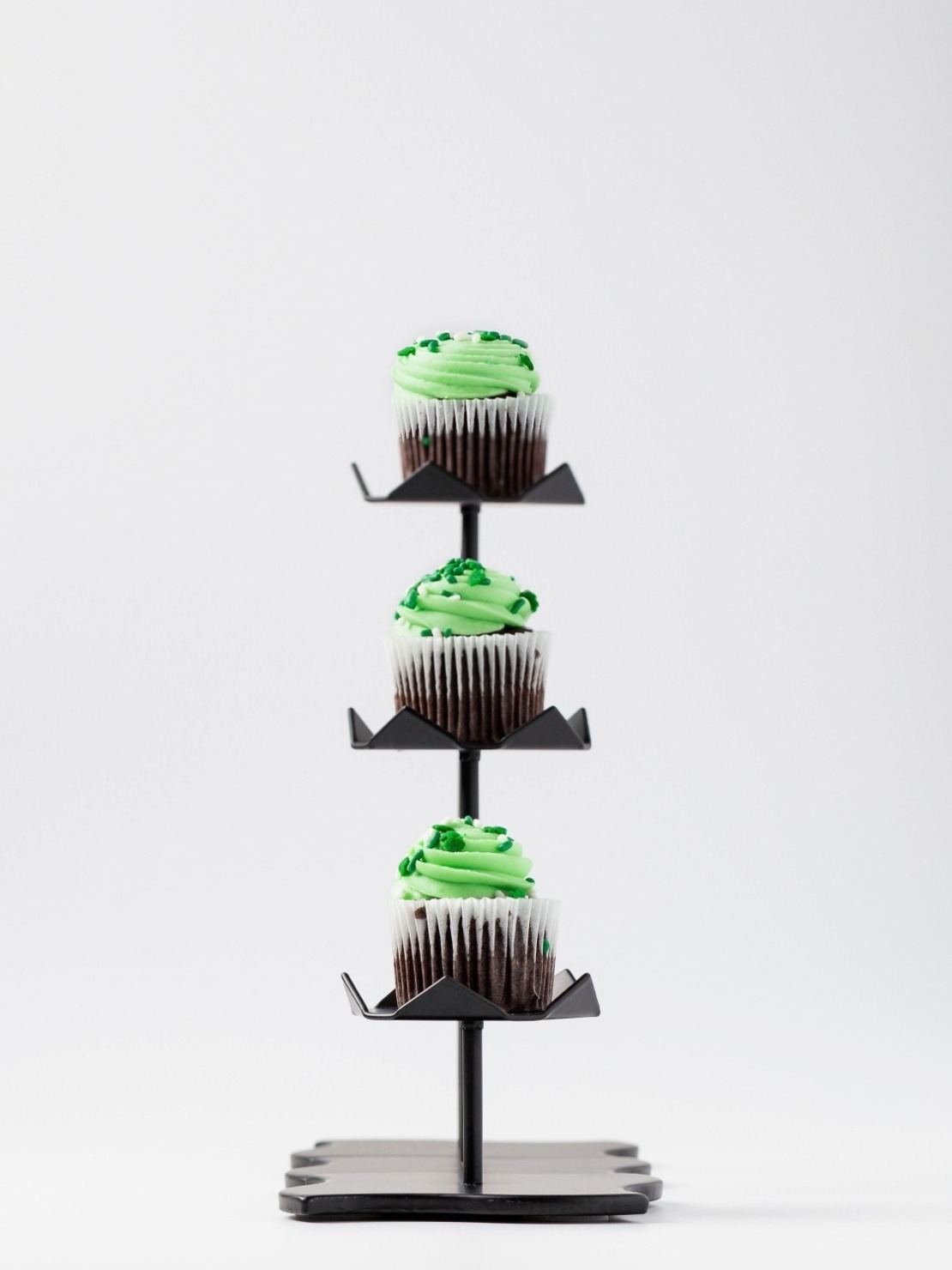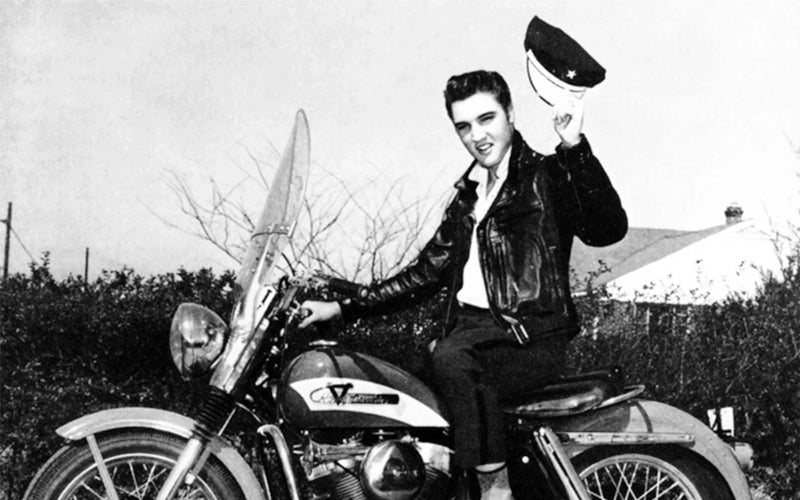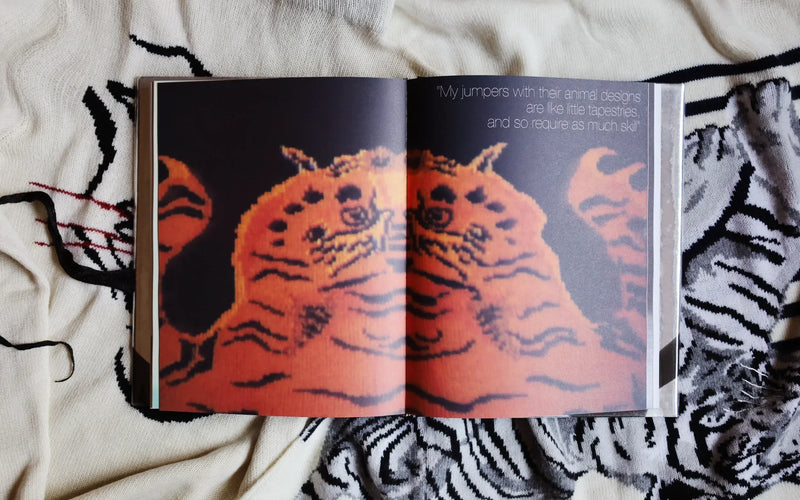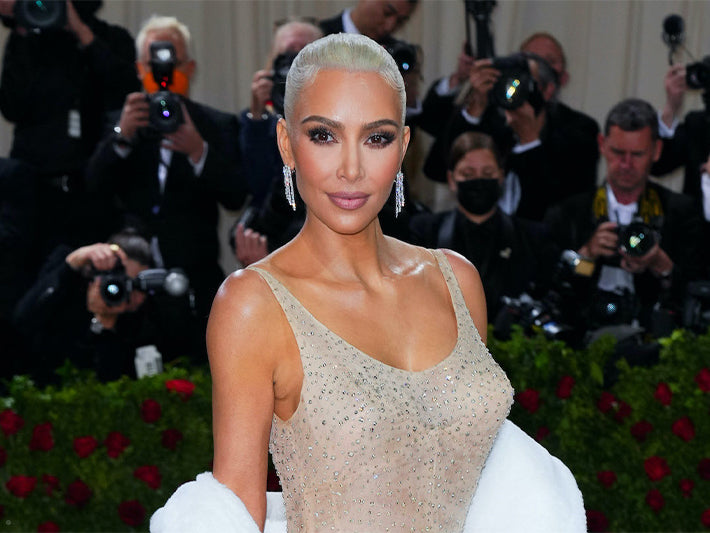

Lovers of the history of costume and vintage (sorry, archive) fashion were awaiting this year's Met Gala with no small enthusiasm. The deus code Gilded Glamor - White-tie, aimed to reflect the Gilded Age (a term coined by Mark Twain in 1873) of New York, a historical period that ran from 1870 to 1890. During this period, the city progressively modernized from the point of social, economic, political and even fashion point of view. In those years, the skyscrapers that would grow to define the city's skyline were built, as European immigrants flocked to the ports of the American Dream. The bourgeois and noble families, whose American lineage dated back to the Mayflower, fought to keep out of their circle the so-called "new money", the nouveau riche industrialists who would soon surpass them in the race for power and prestige. In more recent times (i.e. last year) the Gilded Age also inspired Julian Fellowes' latest Hulu series starring, among others, Cynthia Nixon. Sartorially, the Gilded Age leisure class was all about excess: cleavage-revealing tulle dresses, fur-lined cloaks, elbow-length gloves, and, of course, corsets. For men, top hats and tuxedos. As Elise Taylor explains in Vogue Us, the recent invention of power looms meant that fabric had become cheaper and quicker to produce. As a result, women's dresses often featured a combination of different materials - satin, silk, velvet and fringe, all decorated with a profusion of lace, ribbons and ruffles. Basically, the more elements on an outfit, the better. This Met ideally aspired to pay homage to the tailors, dressmakers and stylists of the time – including the names that have flourished and those that have been forgotten but deserve to be remembered.
But let's take a step back: what exactly is the Met Gala? Venessa Friedman of the New York Times described it best: "Officially, it's a Metropolitan Museum of Art Costume Institute benefit, a black-tie extravaganza held on the first Monday in May to raise money for the Costume Institute. Unofficially, it's 'the party of the year,' 'the Oscars of the East Coast,' and 'the ATM at the Met' (the latter definition comes from publicist Paul Wilmot)." Anna Wintour, editor in chief of American Vogue and artistic director of Condé Nast, became president in 1995 and took over as permanent director of the event in 1999. She was instrumental in transforming a local philanthropic event into the ultimate power cocktail of celebrities, where tickets cost $35,000 a head and tables range from $200,000 to $300,000. The party marks the opening of the Costume Institute's main annual exhibition, and the dress code is usually tied to the theme of the exhibition; This year's exhibition is "In America: An Anthology of Fashion", the second part of a saga on the relevance and power of American fashion (the first part was "In America: a lexicon of fashion"). Given the theme of the Gala, vintage as the dominant streetwear trend, and sustainability finally taking center stage - also - in the world of fashion, there was no need for a trend forecaster to predict the appearance of several pieces on the Red Carpet vintage or inspired by designer archives.
For example, all of Nicolas Ghesquière's (Louis Vuitton) muses - including Jooyeon Jung, Emma Stone and Cynthia Erivo - arrived on the Red Carpet wearing pieces from the brand's archive adapted to their tastes. Emma Stone's in particular was reminiscent of that of the 1920s Flappers. Adut Akech went even further back by choosing an emerald green Christian Lacroix dress from Shrimpton Couture, wearing it with supermodel nonchalance. Emily Ratajkowski, model and author of "My Body," made her entrance in a stunning beaded couture creation from Atelier Versace's Spring/Summer 1992, originally worn on the catwalk by supermodel Yasmeen Ghauri. The Italian influencer and entrepreneur Chiara Ferragni also chose vintage Atelier Versace, opting for a total black haute couture creation from 1997 complete with side slit and long black leather gloves. But, although not completely in tune with the theme, the twist was provided by Kim Kardashian, closing the Red Carpet with the Jean Louis dress in which Marilyn Monroe sang a sensual "Happy Birthday Mr. President" in 1962.

Billie Eilish hit the mark in a different way, showing up in an upcycled Gucci dress that turned out not only to be entirely made of recycled material, but also inspired by a portrait made by the painter John Singer Sargent of Madame Paul Poirson, a Gilded Age socialite. Similarly, Emma Corrin of The Crown in Miu Miu, paid homage to New Yorker Evander Berry Wall, aka The King of Dudes, who in the 1880s outclassed all male high society with his signature pointed collars, stockings and hats silk. This year the Met Gala was held on May 2; the day before, May 1st, Workers' Day is celebrated in Italy, in commemoration of all those who fought for the fundamental rights of work and of those who, even in recent history, lost their lives in factories, in fields and on construction sites. For that reason, this year's political prize goes not to old-school glitz and extravagance, but to British-Pakistani actor and musician Riz Ahmed, who arrived at the event in a silk shirt and vest crowned with an understated Cartier necklace, saying, “This is a tribute to the immigrant workers who kept the Gilded Age going.”

